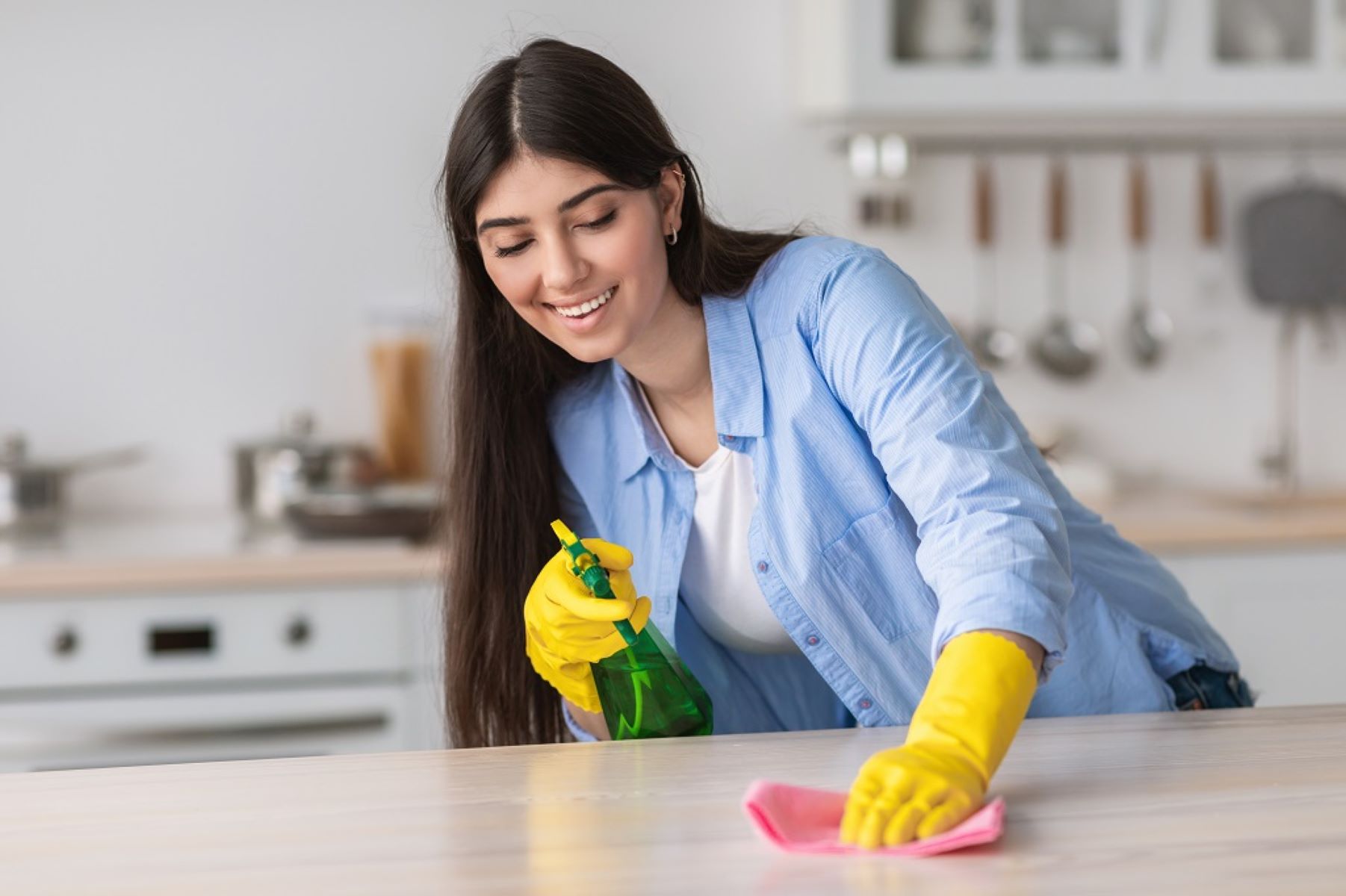

Articles
How To Get Stains Off Granite Countertops
Modified: October 20, 2024
Learn effective techniques for removing stains from granite countertops with our informative articles. Enhance the beauty of your kitchen by tackling stubborn stains with ease.
(Many of the links in this article redirect to a specific reviewed product. Your purchase of these products through affiliate links helps to generate commission for Storables.com, at no extra cost. Learn more)
Introduction
Welcome to the world of granite countertops! These stunning natural stone surfaces add elegance and beauty to any kitchen or bathroom. However, even with proper care and maintenance, stains can still occur and mar the appearance of your granite countertops. But fret not, because in this article, we will guide you on how to effectively remove stains from your beloved granite countertops.
Granite countertops are highly sought after for their durability and aesthetic appeal. They are heat-resistant, scratch-resistant, and can withstand heavy use. However, granite is a porous material, which means it can absorb liquids and stains if not properly sealed.
Understanding the nature of granite countertops is crucial in effectively dealing with stains. Granite is composed of various minerals, including feldspar, quartz, and mica, which give it its unique patterns and colors. The porosity of granite varies depending on its composition, with some stones being more porous than others. This porosity makes granite susceptible to staining from common household substances.
Common types of stains that can occur on granite countertops include water stains, oil stains, food stains, wine and juice stains, ink stains, and rust stains. Each type of stain requires a specific cleaning method to effectively remove it without damaging the granite surface. But before we delve into the specifics of stain removal, it’s important to take some precautions.
Prior to attempting to remove stains from your granite countertops, make sure you have the following items on hand: a soft cloth or sponge, mild dish soap, warm water, baking soda, hydrogen peroxide, acetone or rubbing alcohol, and a granite sealer. It’s also crucial to test any cleaning solution on a small, inconspicuous area of the countertop to ensure it doesn’t cause any damage or discoloration.
In addition to stain removal, proper cleaning and maintenance are essential to keep your granite countertops looking their best. Regular dusting and wiping with a soft cloth or sponge can help prevent the build-up of debris and grime. Avoid using abrasive cleaners, acidic substances, or sharp tools that can scratch or etch the surface. Instead, opt for gentle, non-abrasive cleaners specifically formulated for granite countertops.
In the upcoming sections, we will explore the specific methods to remove different types of stains from granite countertops. So, let’s roll up our sleeves and get those stubborn stains off your beautiful granite countertops!
Key Takeaways:
- Keep your granite countertops looking pristine by understanding the nature of stains and using simple household solutions to effectively remove water, oil, food, wine, ink, rust, and tough stains.
- Prioritize regular cleaning, maintenance, and proper sealing to prevent and minimize stains, ensuring your granite countertops remain beautiful and durable for years to come.
Read more: How To Get Stains Off The Countertops
Understanding Granite Countertops
Granite countertops are a popular choice for kitchens and bathrooms due to their natural beauty and durability. They are created from large slabs of natural stone that have been cut and polished to create a smooth and lustrous surface. Granite is an igneous rock composed primarily of feldspar, quartz, and mica, giving it its unique pattern and color variations.
One of the key advantages of granite countertops is their strength and durability. The natural stone is extremely hard and resistant to scratches, making it ideal for high-traffic areas like kitchens. Additionally, granite is heat resistant, which means you can place hot pots and pans directly on the surface without worrying about damage. This makes granite an excellent choice for avid cooks and bakers.
Another appealing aspect of granite countertops is their exquisite appearance. Each slab of granite is unique, with its own blend of colors, patterns, and veining. This natural variation adds character and elegance to any space, making granite countertops a timeless choice for interior design. Whether you prefer a classic, understated look or a bold and vibrant aesthetic, there is a granite color and pattern that will suit your style.
Furthermore, granite is a naturally occurring stone that is environmentally friendly. It is sourced from quarries all over the world and requires minimal processing, reducing its carbon footprint. Additionally, granite is non-toxic and non-allergenic, making it a safe choice for kitchen countertops where food is prepared.
Despite its many benefits, it is important to note that granite countertops do require some maintenance to keep them looking their best. As a porous material, granite can absorb liquids and stains if not properly sealed. This is why it is important to regularly seal your granite countertops to protect them from spills and stains. A high-quality granite sealer creates a barrier that repels liquids and prevents absorption into the stone.
While granite is generally a low-maintenance countertop material, it is recommended to clean up spills promptly to minimize the chance of staining. Regular cleaning with a gentle, pH-neutral cleaner and a soft cloth or sponge will help maintain the luster and shine of your granite countertops. Avoid using abrasive cleaners or harsh chemicals that can damage the surface.
By understanding the unique characteristics of granite countertops and following proper maintenance practices, you can ensure that your granite surfaces remain beautiful and functional for years to come.
Common Types of Stains on Granite Countertops
Granite countertops, despite their durability, are not completely impervious to stains. Various substances can leave unsightly marks on the surface if not promptly cleaned. Understanding the common types of stains that can occur on granite countertops will help you choose the appropriate stain removal method. Here are some of the most common stains you may encounter:
- Water Stains: Water stains are one of the most common types of stains on granite countertops. They typically appear as light-colored spots or rings on the surface. Water stains are caused by minerals in the water that are left behind when the water evaporates. These stains are more visible on darker granite surfaces.
- Oil Stains: Oil stains are another common issue with granite countertops, especially in the kitchen. They can be caused by spills of cooking oil, grease, or oily foods. Oil stains appear as dark spots and can be stubborn to remove.
- Food Stains: Food stains can occur when acidic or pigmented foods are left on the granite surface for an extended period. Common culprits include tomato sauce, red wine, coffee, and berries. Food stains often leave behind a discoloration or dark spot on the countertop.
- Wine and Juice Stains: Wine and juice stains are similar to food stains but deserve special mention due to their prevalence. The natural pigments in red wine and dark juices can penetrate the porous surface of granite, resulting in deep stains that may require extra effort to remove.
- Ink Stains: Ink stains can occur when pens or markers are accidentally left on the granite surface. They can leave behind unsightly marks that are particularly challenging to remove.
- Rust Stains: Rust stains typically occur when metal objects, such as cans, pots, or utensils, are left on the countertop and come into contact with moisture. The iron in these objects oxidizes and transfers onto the granite surface, causing reddish-brown stains.
- Tough Stains: In some cases, stubborn or long-standing stains may require a more intensive cleaning approach. These stains may be a combination of various substances, making them more challenging to remove.
By identifying the specific type of stain on your granite countertop, you can choose the most effective cleaning method to restore the beauty of your surfaces. In the following sections, we will delve into the step-by-step procedures for removing each type of stain using simple and readily available household ingredients and cleaning solutions.
Precautions before Removing Stains
Before diving into the stain removal process, it is essential to take some precautions to protect your granite countertops. These precautions will help prevent further damage and ensure the longevity of your countertops. Here are a few key steps to follow before attempting to remove stains:
- Gather the necessary supplies: Before starting the stain removal process, make sure you have all the necessary supplies on hand. This includes a soft cloth or sponge, mild dish soap, warm water, baking soda, hydrogen peroxide, acetone or rubbing alcohol, and a granite sealer. Having these items readily available will make the stain removal process more efficient.
- Test the cleaning solution: It is crucial to test any cleaning solution or stain remover on a small, inconspicuous area of the granite countertop before applying it to the stain. This will help you determine if the solution is safe and effective, and if it causes any damage, discoloration, or etching on the surface.
- Avoid abrasive materials: When cleaning or removing stains from granite countertops, avoid using abrasive materials such as scrub brushes, steel wool, or harsh scouring pads. These can scratch or dull the surface of the granite. Instead, opt for a soft cloth or sponge to gently clean the stained area.
- Protect surrounding surfaces: Before applying any cleaning solution, it is important to protect the surrounding areas, including cabinets, appliances, and floors. Placing a towel or plastic sheet below the stained area will prevent any accidental spills or drips from causing damage to these surfaces.
- Follow the manufacturer’s instructions: If you are using a commercially available granite cleaner or stain remover, it is important to carefully read and follow the instructions provided by the manufacturer. These products may have specific guidelines for application and removal, and following them will help achieve optimal results without causing any harm to the granite surface.
- Apply gentle pressure: When scrubbing the stained area, apply gentle pressure. Excessive force can cause damage to the surface of the granite and may not be effective in removing the stain. Allow the cleaning solution time to work on the stain and avoid rushing the process.
- Apply a granite sealer: Once you have successfully removed the stain, it is advisable to apply a granite sealer. This will help protect the countertop from future staining and ensure its longevity. Follow the instructions on the sealer packaging for proper application and reapplication intervals.
By following these precautions, you can ensure that the stain removal process goes smoothly and effectively, without causing any additional damage to your granite countertops. Remember, prevention is key, so regular maintenance, prompt cleaning, and proper sealing will help minimize the occurrence of stains and keep your countertops looking beautiful for years to come.
General Cleaning and Maintenance Tips
Proper cleaning and maintenance are instrumental in preserving the beauty and longevity of your granite countertops. By following these general tips, you can keep your countertops looking their best:
- Daily dusting and wiping: Dusting and wiping your granite countertops daily with a soft cloth or sponge can prevent the build-up of debris and grime. This simple step helps maintain the natural shine and appearance of the granite surface.
- Use a pH-neutral cleaner: When cleaning your granite countertops, opt for a gentle, pH-neutral cleaner specifically formulated for stone surfaces. Avoid using abrasive cleansers, acidic substances, or harsh chemicals, as these can damage the surface and strip away the protective sealant. Read the labels carefully and choose cleaners that are safe for granite.
- Avoid sharp objects: Granite is a durable material, but it is still susceptible to scratches and etching. Avoid using sharp objects like knives directly on the countertop surface. Always use cutting boards and trivets to protect your granite from potential damage.
- Wipe up spills promptly: Accidents happen, and spills are inevitable. When liquids like wine, juice, or oils come into contact with the granite surface, promptly clean them up to prevent staining or etching. Blot the spill with a soft cloth or paper towel, and then clean the area with a gentle cleaner and warm water.
- Prevent heat damage: While granite is heat-resistant, it is still best to use trivets or hot pads when placing hot pots, pans, or dishes on the surface. Sudden and extreme temperature changes can potentially cause thermal shock and damage the granite.
- Retreat the granite sealer: Granite countertops should be periodically resealed to maintain their resistance to stains and moisture. Follow the instructions provided by the granite sealer manufacturer for the recommended frequency of resealing. A well-maintained sealant will help protect your countertops and prolong their lifespan.
- Preventative sealing: If your granite countertops are not already sealed, apply a high-quality granite sealer to protect them from potential staining. Make sure to clean and dry the surface thoroughly before applying the sealer, and follow the instructions for proper application.
- Avoid sitting or standing on the countertop: Granite countertops are designed to handle everyday use, but excessive weight or pressure from sitting or standing on the surface can cause damage. To prevent any structural issues or cracks, refrain from using the countertop as a stepping stool or a seat.
By incorporating these general cleaning and maintenance tips into your routine, you can ensure that your granite countertops stay pristine and beautiful. Regular care and attention will help prolong the life of your countertops and preserve their natural elegance.
Removing Water Stains
Water stains can be a common issue on granite countertops, especially if the water is left to evaporate on the surface. These stains appear as light-colored spots or rings and can be quite unsightly. Fortunately, there are effective methods to remove water stains from your granite countertops. Follow these steps to tackle water stains:
- Create a cleaning solution: Start by making a gentle cleaning solution by mixing warm water with a few drops of mild dish soap. Ensure that the soap is pH-neutral and does not contain any acidic ingredients that may harm the granite surface.
- Dampen a soft cloth or sponge: Dip a soft cloth or sponge into the cleaning solution and wring out any excess liquid. The cloth should be slightly damp but not soaking wet.
- Gently scrub the stained area: Using the damp cloth or sponge, gently scrub the water-stained area in a circular motion. Apply light pressure to avoid damaging the granite surface. Continue scrubbing until the stain starts to fade.
- Rinse and dry: After scrubbing, rinse the area thoroughly with clean water to remove any soap residue. Then, dry the countertop with a clean, dry cloth or paper towel to prevent new water spots from forming.
- Repeat if necessary: If the water stain is persistent and does not fully disappear after the first attempt, repeat the process. Be patient and persistent, as it may take a few tries to completely remove the stain.
- Apply a granite sealer: Once the water stain is successfully removed, it is advisable to apply a granite sealer to protect the countertop from future staining. Follow the instructions on the sealer packaging for proper application and drying time.
Remember to test any cleaning solution on a small, inconspicuous area of your granite countertop before applying it to the stained area. This will help ensure that the solution does not cause any damage or discoloration. If the water stain persists or you are unsure about the stain removal process, it is recommended to consult a professional stone restoration specialist for assistance.
By following these steps and being diligent in your cleaning routine, you can effectively remove water stains from your granite countertops, restoring their natural beauty and keeping them looking their best.
Removing Oil Stains
Oil stains are a common issue on granite countertops, especially in the kitchen where cooking oils and greasy foods can come into contact with the surface. These stains can be stubborn and can leave dark spots or discoloration on the granite. However, with the right approach, you can effectively remove oil stains from your granite countertops. Follow these steps to tackle oil stains:
- Create a paste: Start by creating a paste using baking soda and water. Mix equal parts of baking soda and water in a bowl until it forms a thick, smooth paste. Baking soda has natural absorption properties that help lift oil stains from the surface of the granite.
- Apply the paste: Using a clean cloth or sponge, apply the baking soda paste directly onto the oil-stained area of the granite countertop. Ensure that the stain is completely covered with the paste.
- Cover with plastic wrap: Once the paste is applied, cover the stained area with a piece of plastic wrap. This will help seal the paste and prevent it from drying out too quickly.
- Let it sit: Allow the baking soda paste to sit on the oil stain for a few hours, or even overnight if possible. This will give the baking soda ample time to absorb the oil from the granite surface.
- Remove the paste: After the designated time, remove the plastic wrap and use a damp cloth or sponge to gently wipe away the baking soda paste. Be careful not to scrub too hard, as this may damage the granite surface.
- Rinse and dry: Rinse the area thoroughly with clean water to remove any residual baking soda. Then, dry the countertop with a clean, dry cloth or paper towel.
- Inspect and repeat if necessary: Inspect the treated area to see if the oil stain has been completely removed. If there is still some residual staining, repeat the process by creating a fresh baking soda paste and applying it to the remaining stain. Repeat as needed until the oil stain is fully removed.
- Apply a granite sealer: Once the oil stain is successfully removed, it is advisable to apply a granite sealer to protect the countertop from future staining. Follow the instructions on the sealer packaging for proper application and drying time.
Remember to test the baking soda paste on a small, inconspicuous area of your granite countertop before applying it to the stained area. This will help ensure that the paste does not cause any damage or discoloration. If the oil stain persists or you are unsure about the stain removal process, it is recommended to consult a professional stone restoration specialist for assistance.
By following these steps and being thorough in your stain removal process, you can effectively remove oil stains from your granite countertops, restoring their pristine appearance and maintaining their longevity.
Use a mixture of warm water and mild dish soap to gently scrub the stain. For tougher stains, make a paste of baking soda and water and let it sit on the stain for a few hours before scrubbing. Avoid using acidic or abrasive cleaners.
Removing Food Stains
Food stains are a common occurrence on granite countertops, especially when acidic or pigmented foods are left on the surface for an extended period. These stains can leave behind discoloration or dark spots on the granite. However, with the right approach, you can effectively remove food stains and restore the beauty of your countertops. Follow these steps to tackle food stains:
- Create a cleaning solution: Start by creating a mild cleaning solution by mixing warm water with a few drops of mild dish soap. Ensure that the soap is pH-neutral and does not contain any harsh or acidic ingredients that can damage the granite surface.
- Dampen a cloth or sponge: Dip a soft cloth or sponge into the cleaning solution and wring out any excess liquid. The cloth should be slightly damp but not soaking wet.
- Gently clean the stained area: Use the damp cloth or sponge to gently clean the food-stained area in a circular motion. Apply light pressure and continue cleaning until the stain starts to fade. Be patient and persistent, as it may take several passes to fully remove the stain.
- Rinse with clean water: After cleaning, rinse the area thoroughly with clean water to remove any soap residue or loosened food particles. Use a clean cloth or sponge to ensure all remnants are removed.
- Dry the countertop: Once the stain is removed and the area is rinsed, use a dry cloth or paper towel to dry the countertop. This will prevent any water spots from forming and restore the natural shine of the granite.
- Inspect and repeat if necessary: Inspect the treated area to see if the food stain has been completely removed. If any residue remains, repeat the cleaning process with the mild dish soap solution. Be persistent but gentle to avoid damaging the granite surface.
- Apply a granite sealer: Once the food stain is successfully removed, it is advisable to apply a granite sealer to protect the countertop from future staining. Follow the instructions on the sealer packaging for proper application and drying time.
Remember to test the cleaning solution on a small, inconspicuous area of your granite countertop before applying it to the stained area. This will help ensure that the solution does not cause any damage or discoloration. If the food stain persists or you are unsure about the stain removal process, it is recommended to consult a professional stone restoration specialist for assistance.
By following these steps and being diligent in your stain removal process, you can effectively remove food stains from your granite countertops, restoring their pristine appearance and maintaining their longevity.
Removing Wine and Juice Stains
Wine and juice stains can be particularly stubborn on granite countertops due to the pigments and acidity present in these liquids. These stains can leave behind dark spots or discoloration on the surface, affecting the overall appearance of your countertops. However, with the right approach, you can effectively remove wine and juice stains and restore the beauty of your granite. Follow these steps to tackle these stubborn stains:
- Create a cleaning solution: Start by combining equal parts hydrogen peroxide and water in a bowl. Hydrogen peroxide is a mild bleach that can help break down the pigments causing the stain.
- Apply the cleaning solution: Using a clean cloth or sponge, apply the hydrogen peroxide and water solution directly onto the wine or juice stain. Ensure that the stain is completely covered with the solution.
- Let it sit: Allow the cleaning solution to sit on the stain for about 15 minutes. This will give the hydrogen peroxide enough time to penetrate and break down the pigments causing the stain.
- Gently scrub the stained area: After the designated time, use a soft cloth or sponge to gently scrub the stained area in a circular motion. Apply light pressure and continue scrubbing until the stain starts to fade. Be patient and persistent, as it may take several attempts to fully remove the stain.
- Rinse with clean water: Once the stain has lightened, rinse the area thoroughly with clean water to remove any residue from the cleaning solution. Use a clean cloth or sponge to ensure all remnants are removed.
- Dry the countertop: After rinsing, use a dry cloth or paper towel to dry the countertop. This will prevent any water spots from forming and restore the natural shine of the granite.
- Inspect and repeat if necessary: Inspect the treated area to see if the wine or juice stain has been completely removed. If any residue remains, repeat the cleaning process with the hydrogen peroxide and water solution. Be persistent but gentle to avoid damaging the granite surface.
- Apply a granite sealer: Once the stain is successfully removed, it is advisable to apply a granite sealer to protect the countertop from future staining. Follow the instructions on the sealer packaging for proper application and drying time.
Remember to test the cleaning solution on a small, inconspicuous area of your granite countertop before applying it to the stained area. This will help ensure that the solution does not cause any damage or discoloration. If the wine or juice stain persists or you are unsure about the stain removal process, it is recommended to consult a professional stone restoration specialist for assistance.
By following these steps and being diligent in your stain removal process, you can effectively remove wine and juice stains from your granite countertops, restoring their pristine appearance and maintaining their longevity.
Removing Ink Stains
Ink stains on granite countertops can be tricky to remove, but with the right approach, they can be successfully tackled. Whether a pen or marker left a mark on your countertop, follow these steps to effectively remove ink stains:
- Act quickly: As soon as you notice the ink stain, it’s important to act quickly. The longer the ink sits on the granite surface, the more difficult it becomes to remove.
- Blot the stain: Using a clean, white cloth or paper towel, gently blot the ink stain. Avoid wiping or rubbing, as this can spread the ink and make the stain worse.
- Create an ink stain remover: Mix a small amount of rubbing alcohol or acetone with water in a bowl. Alternatively, you can use a specialized ink stain remover designed for use on granite surfaces.
- Dampen a cloth/sponge: Moisten a soft cloth or sponge with the ink stain remover solution. Ensure it is damp but not saturated.
- Blot the stain again: Gently blot the ink stain with the damp cloth or sponge. Be careful not to scrub or apply excessive pressure, as this can damage the granite surface.
- Rinse and dry: After blotting, rinse the area thoroughly with clean water to remove any residual ink or stain remover. Dry the countertop with a clean cloth or paper towel to prevent water spots.
- Inspect and repeat if necessary: Check the treated area to see if the ink stain has been completely removed. If any residue remains, repeat the process with the ink stain remover until the stain is effectively eliminated.
- Apply a granite sealer: Once the ink stain is successfully removed, it’s advisable to apply a granite sealer to protect the countertop from future staining. Follow the instructions on the sealer packaging for proper application and drying time.
Remember to test the ink stain remover solution on a small, inconspicuous area of your granite countertop before applying it to the stained area. This will ensure that the solution does not cause any damage or discoloration.
If the ink stain persists or you are uncertain about the stain removal process, it is best to seek assistance from a professional stone restoration specialist, who can provide guidance and expertise in removing stubborn ink stains from your granite countertops.
By following these steps and acting quickly, you can effectively remove ink stains from your granite countertops, restoring their beauty and preserving their longevity.
Removing Rust Stains
Rust stains on granite countertops can be challenging to remove, but with the right techniques, you can effectively eliminate them. Whether caused by metal objects left on the surface or other sources of rust, follow these steps to remove rust stains:
- Mix a rust stain remover: Create a paste by combining equal parts baking soda and water in a bowl. Baking soda has natural abrasive properties that can help lift rust stains from the granite surface.
- Apply the paste: Using a clean cloth or sponge, apply the baking soda paste directly onto the rust-stained area. Ensure that the paste completely covers the stain.
- Cover with plastic wrap: After applying the paste, cover the stained area with a piece of plastic wrap. This will help keep the paste moist and prevent it from drying out too quickly.
- Allow it to sit: Let the baking soda paste sit on the rust stain for several hours or overnight if possible. This extended period gives the baking soda enough time to break down the rust and loosen the stain.
- Scrub the stained area: After the designated time, use a soft cloth or sponge to scrub the rust-stained area in a circular motion. Apply gentle pressure and continue scrubbing until the rust stain starts to fade.
- Rinse with water: Once you’ve successfully lightened the rust stain, thoroughly rinse the area with clean water to remove any residual baking soda. Use a clean cloth or sponge to ensure all remnants are eliminated.
- Dry the countertop: After rinsing, use a dry cloth or paper towel to dry the countertop. This will prevent any water spots from forming and restore the natural shine of the granite.
- Inspect and repeat if necessary: Inspect the treated area to see if the rust stain has been fully removed. If any residue remains, repeat the process with a fresh baking soda paste until the stain is completely eliminated.
- Apply a granite sealer: Once the rust stain is effectively removed, it is advisable to apply a granite sealer to protect the countertop from future staining. Follow the instructions on the sealer packaging for proper application and drying time.
Always test the baking soda paste on a small, inconspicuous area of your granite countertop before applying it to the stained area. This will ensure that the paste does not cause any damage or discoloration to the surface.
If the rust stain persists or you are unsure about the stain removal process, it is recommended to consult a professional stone restoration specialist for assistance.
By following these steps and being diligent in your rust stain removal process, you can effectively eliminate rust stains from your granite countertops, restoring their pristine appearance and ensuring their longevity.
Removing Tough Stains
Tough stains on granite countertops can be a frustrating challenge, but with the right approach and a little persistence, they can be successfully removed. These tough stains may be a combination of various substances or stains that have been sitting for an extended period. Follow these steps to tackle tough stains on your granite countertops:
- Assess the stain: Start by identifying the type of stain you are dealing with. Is it a combination stain or a tough stain that has been left untreated for a while? Understanding the nature of the stain will help you determine the most appropriate cleaning method.
- Create a cleaning solution: Depending on the nature of the stain, create a suitable cleaning solution. For organic stains, you can mix a paste of baking soda and water. For oil-based stains, you can use a mixture of warm water and mild dish soap. For tough stains that have penetrated the granite, you may need to use a specialized granite cleaner or a combination of baking soda, hydrogen peroxide, and water.
- Apply the cleaning solution: Apply the prepared cleaning solution directly to the tough stain on your granite countertop. Ensure that the stain is completely covered with the solution.
- Let it sit: Allow the cleaning solution to sit on the stain for a specified period, following the instructions provided with the cleaning product. This will give the solution time to penetrate and break down the tough stain.
- Gently scrub the area: After the designated time, use a soft cloth, sponge, or a soft-bristle brush to gently scrub the stained area. Apply light pressure and continue scrubbing until you notice the stain starting to fade.
- Rinse with clean water: Thoroughly rinse the area with clean water to remove any residue from the cleaning solution. Ensure that all remnants of the cleaning solution and loosened stain are completely washed away.
- Dry the countertop: Use a clean cloth or paper towel to dry the countertop. This will prevent water spots from forming and help restore the natural shine of the granite surface.
- Inspect and repeat if necessary: Inspect the area to see if the tough stain has been completely removed. If there is any residual staining, repeat the cleaning process with the appropriate cleaning solution. Be patient and persistent, as it may take several attempts to fully remove tough stains.
- Apply a granite sealer: Once the tough stain is successfully removed, it is advisable to apply a granite sealer to protect the countertop from future staining. Follow the instructions on the sealer packaging for proper application and drying time.
Always test the cleaning solution on a small, inconspicuous area of your granite countertop before applying it to the stained area. This will ensure that the solution does not cause any damage or discoloration to the surface.
If the tough stain persists or you are unsure about the stain removal process, it is recommended to consult a professional stone restoration specialist for assistance.
With patience, the right cleaning solutions, and proper techniques, you can effectively remove tough stains from your granite countertops, restoring their beauty and allowing them to once again shine.
Conclusion
Granite countertops add a touch of elegance and sophistication to any kitchen or bathroom. However, stains can sometimes detract from their natural beauty. Understanding the common types of stains and knowing how to effectively remove them is essential in keeping your granite countertops looking their best.
In this article, we have explored various types of stains that can occur on granite countertops, including water stains, oil stains, food stains, wine and juice stains, ink stains, rust stains, and tough stains. We have provided step-by-step instructions for removing each type of stain using simple and readily available household ingredients and cleaning solutions.
It’s important to remember to take precautions before attempting to remove stains, such as having the necessary supplies on hand, testing the cleaning solution on a small area, and applying gentle pressure during the cleaning process. Regular cleaning and maintenance are also crucial in preserving the appearance and longevity of your granite countertops.
We hope that the information and tips provided in this article have empowered you with the knowledge and confidence to tackle stains on your granite countertops. Remember, prevention is key, so prompt cleaning, regular sealing, and avoiding the use of abrasive materials will help minimize the occurrence of stains.
When dealing with stubborn or persistent stains, it is always advisable to consult a professional stone restoration specialist who can provide expert advice and guidance.
By following the recommended stain removal methods and incorporating proper cleaning and maintenance practices, your granite countertops will continue to exude their natural beauty for years to come.
Frequently Asked Questions about How To Get Stains Off Granite Countertops
Was this page helpful?
At Storables.com, we guarantee accurate and reliable information. Our content, validated by Expert Board Contributors, is crafted following stringent Editorial Policies. We're committed to providing you with well-researched, expert-backed insights for all your informational needs.
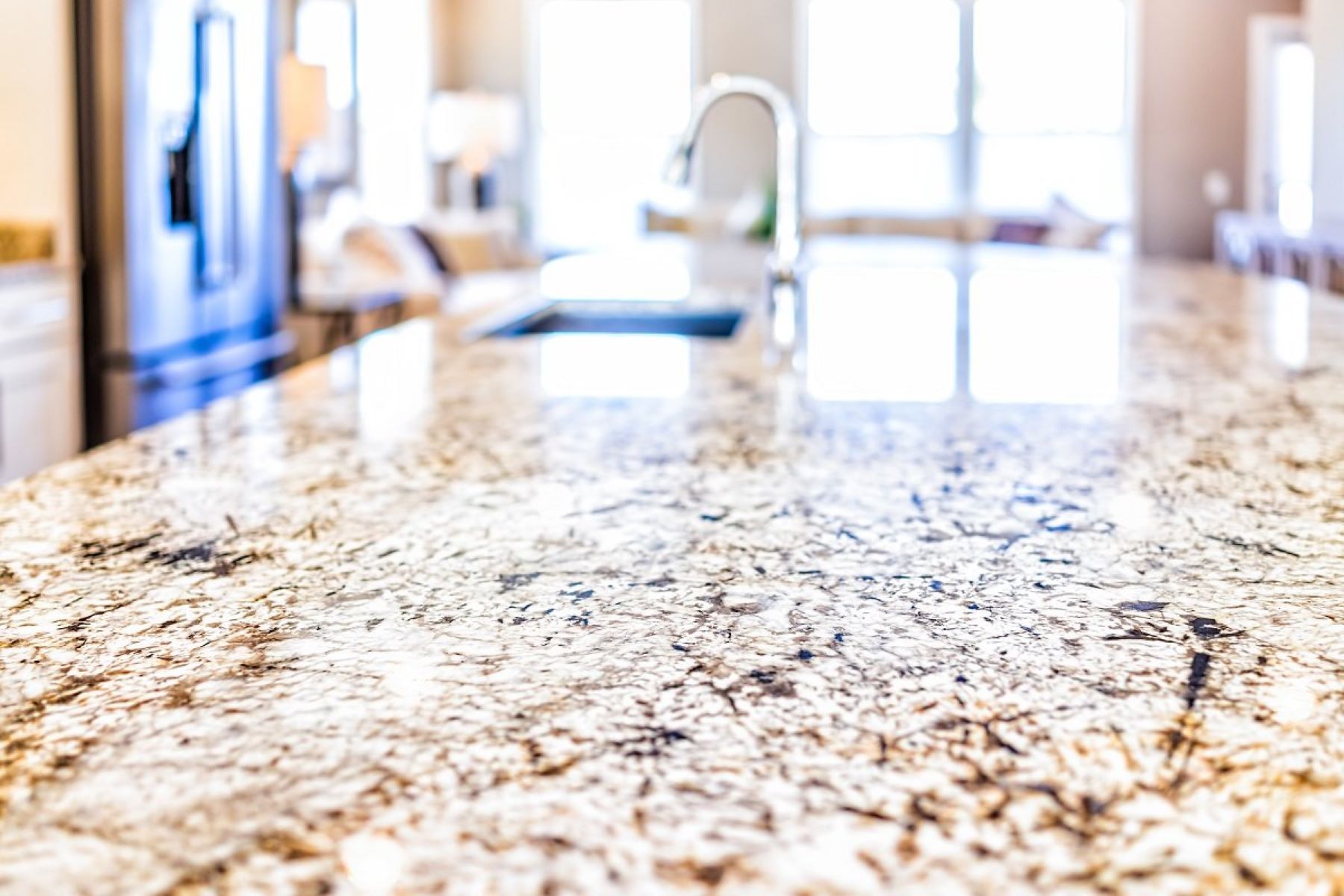
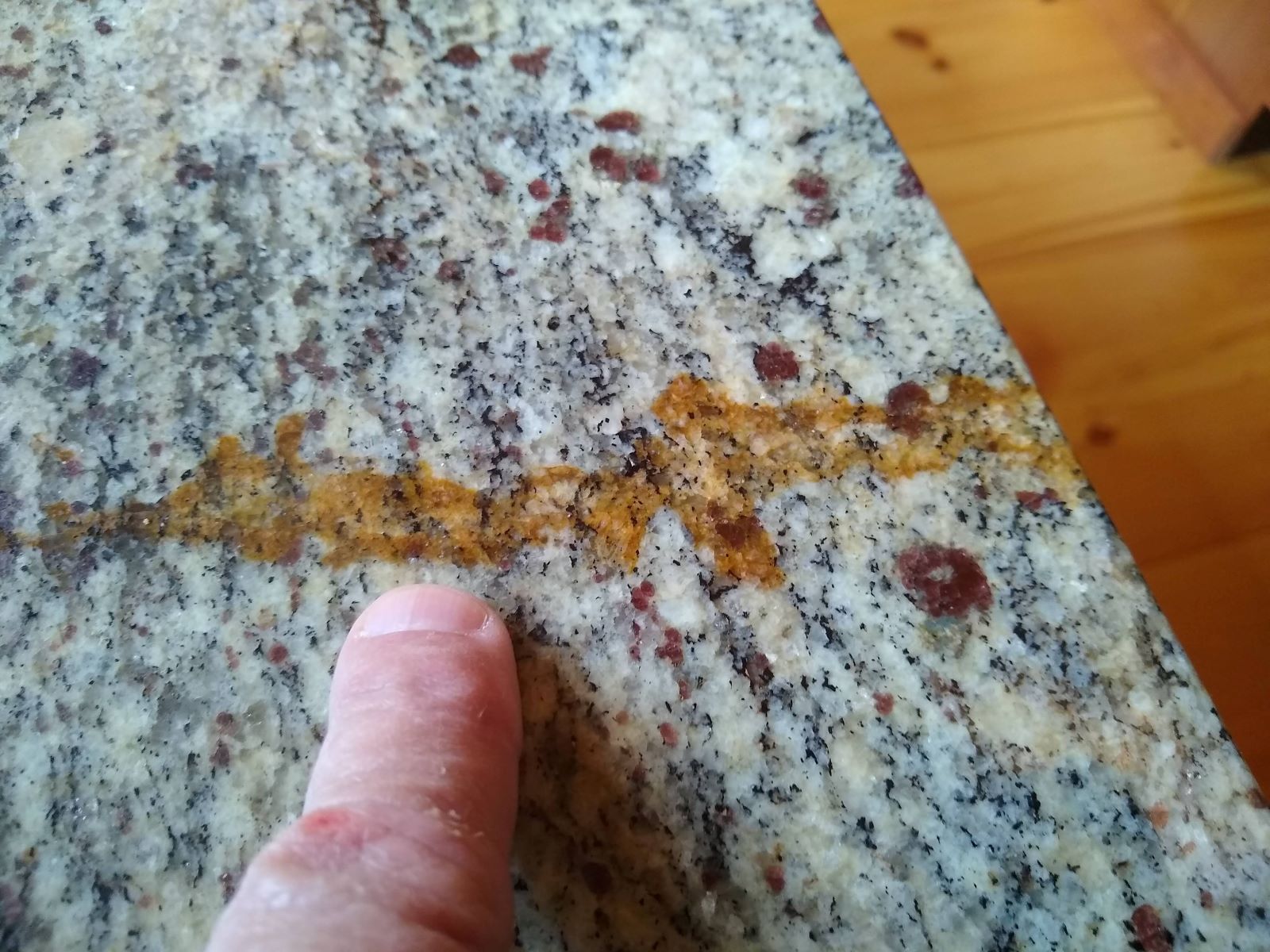
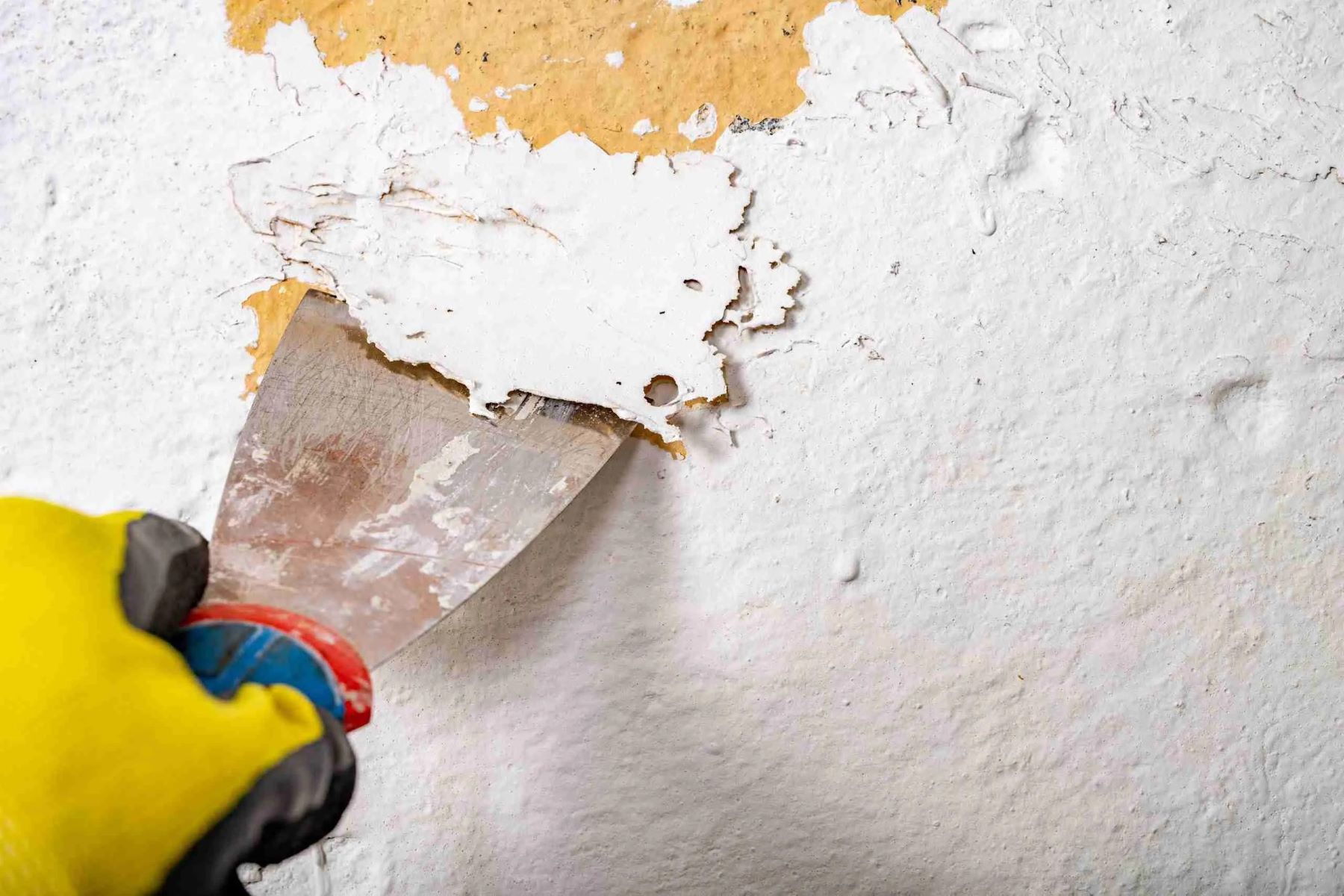
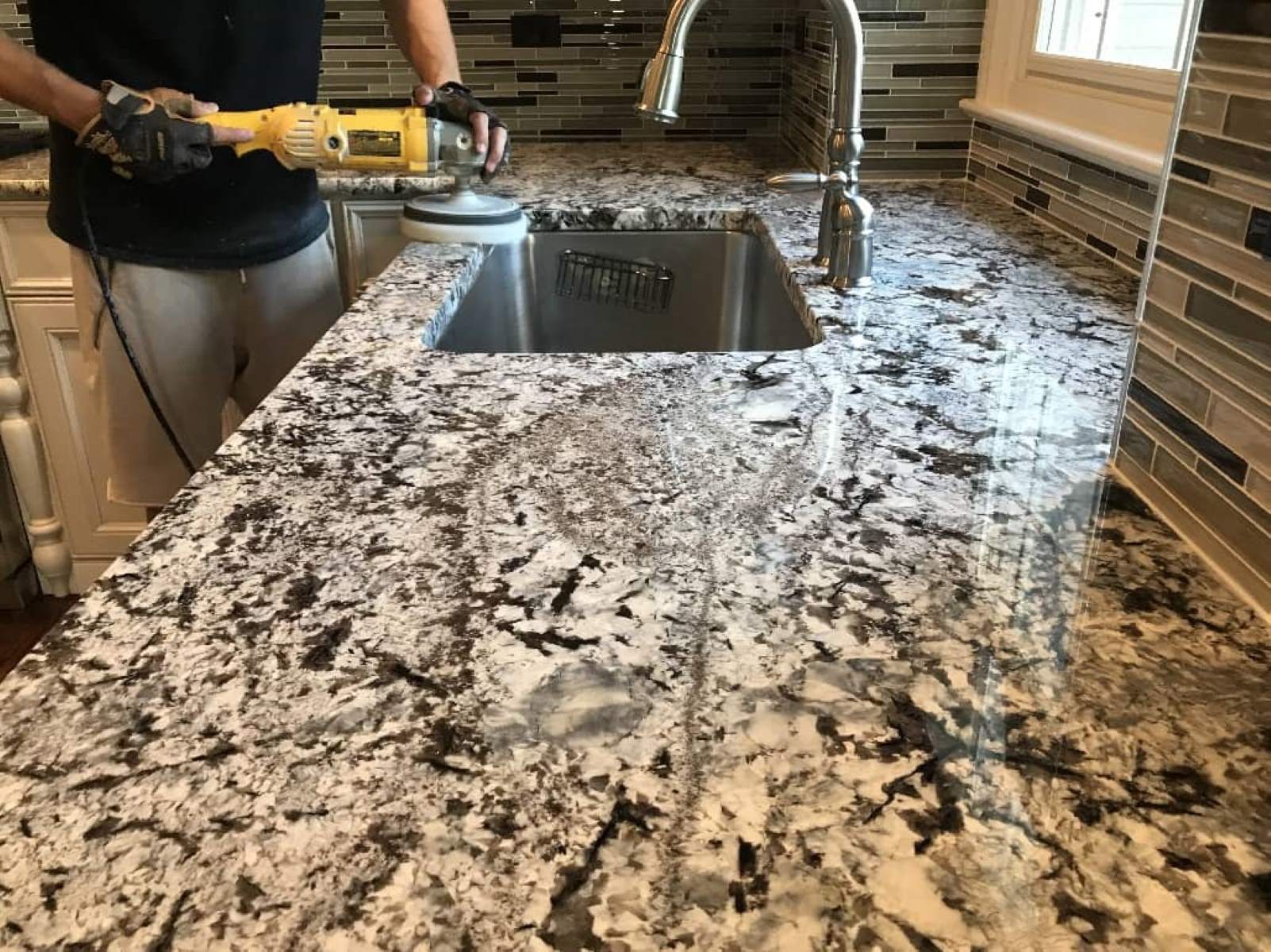
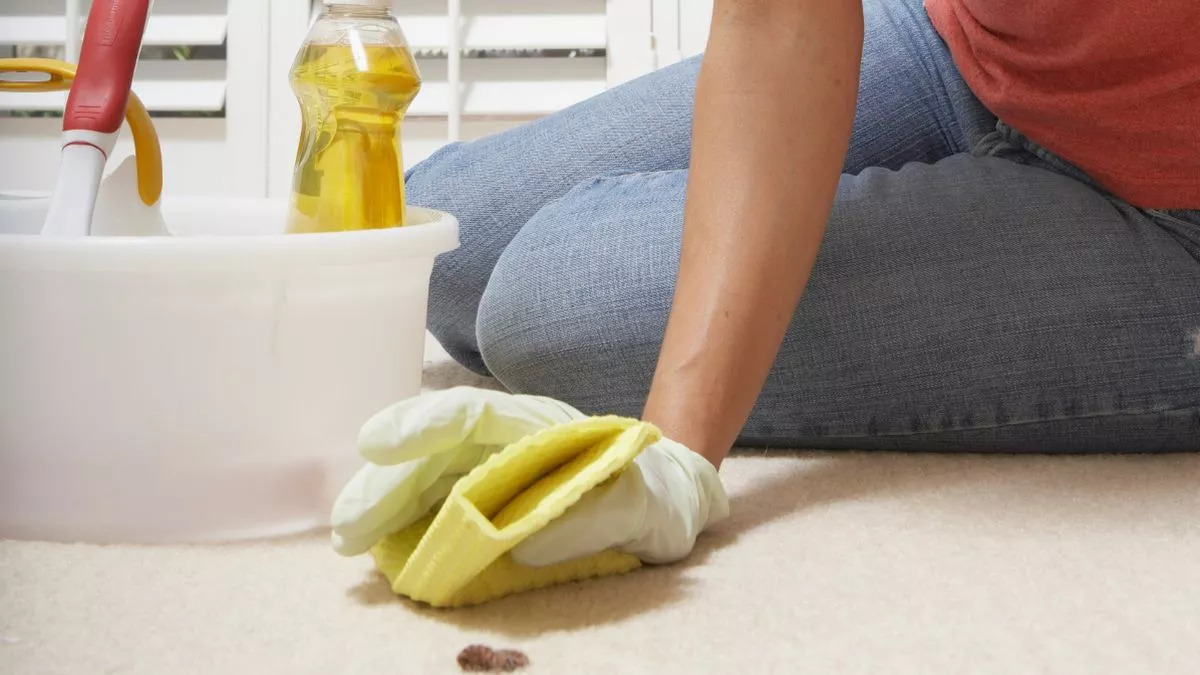
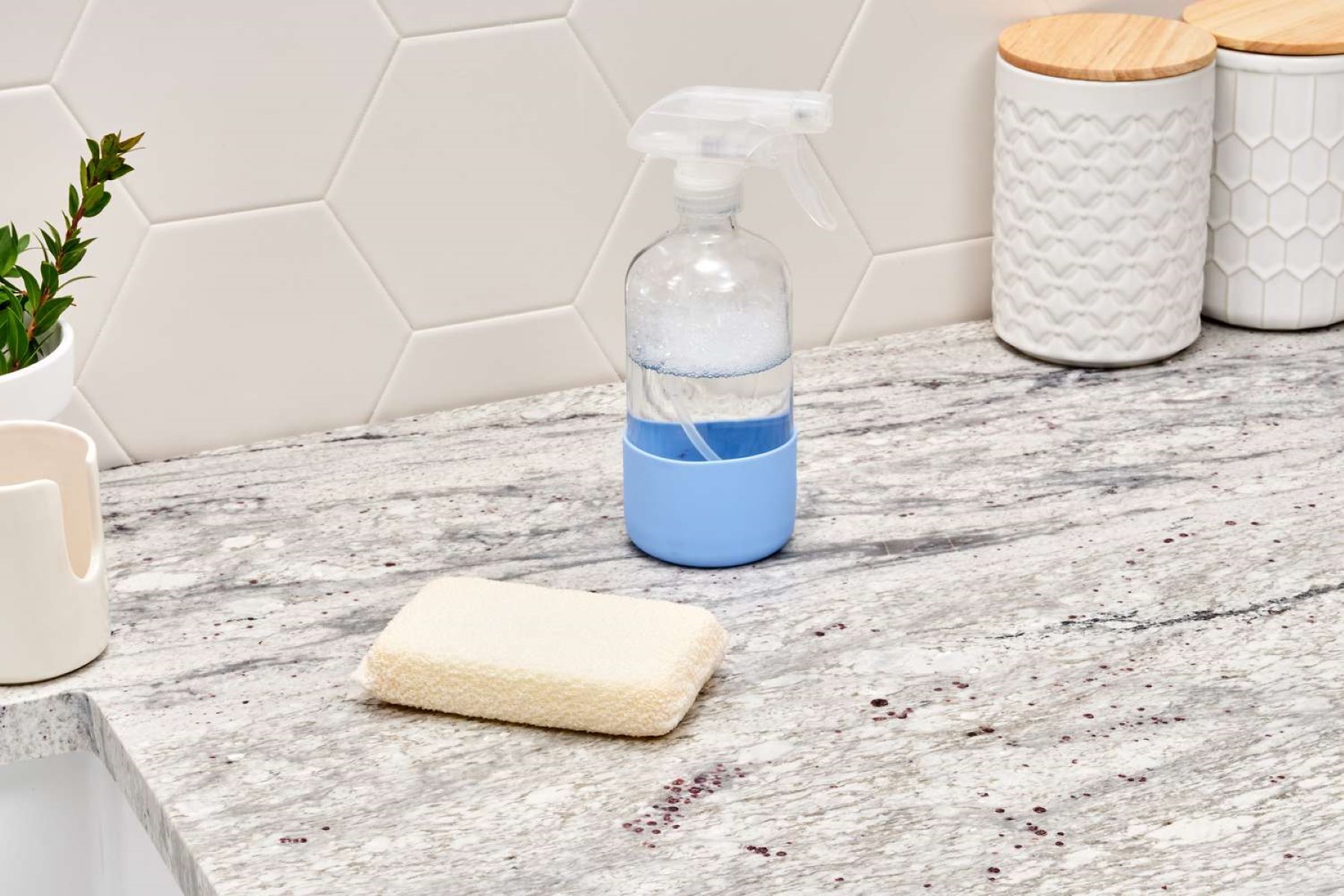
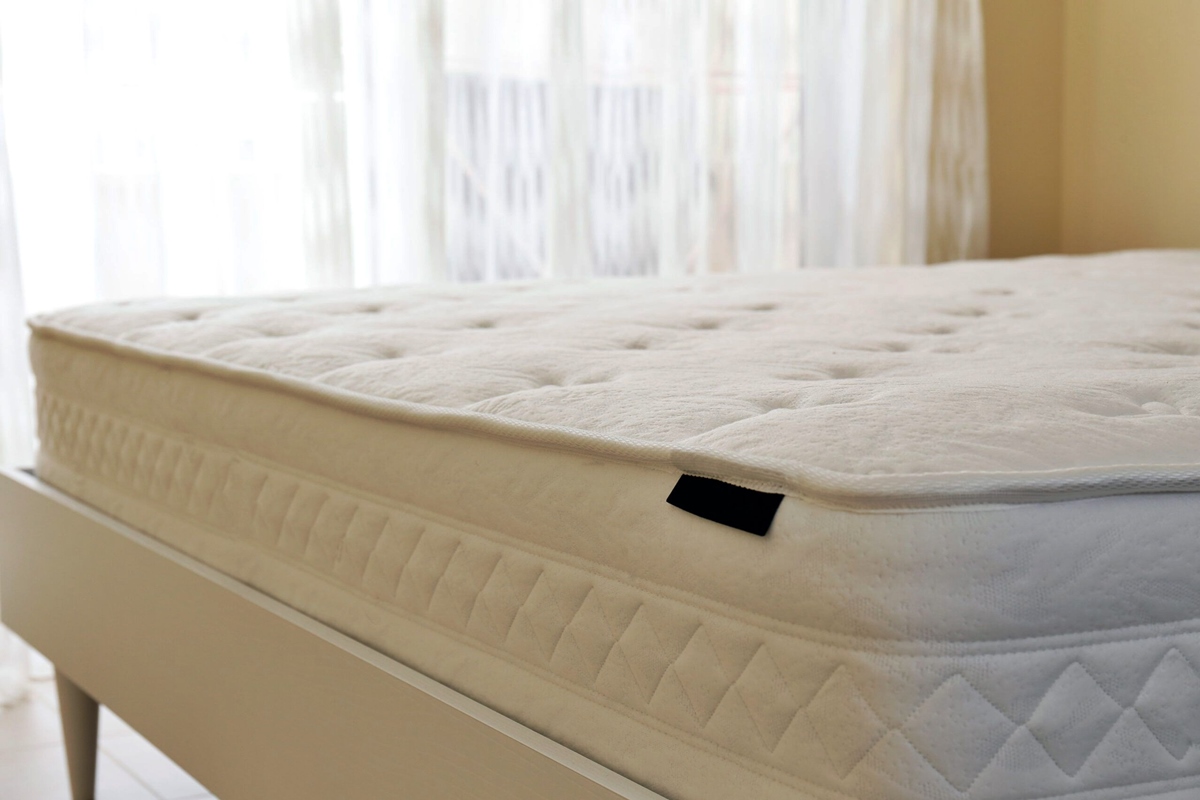
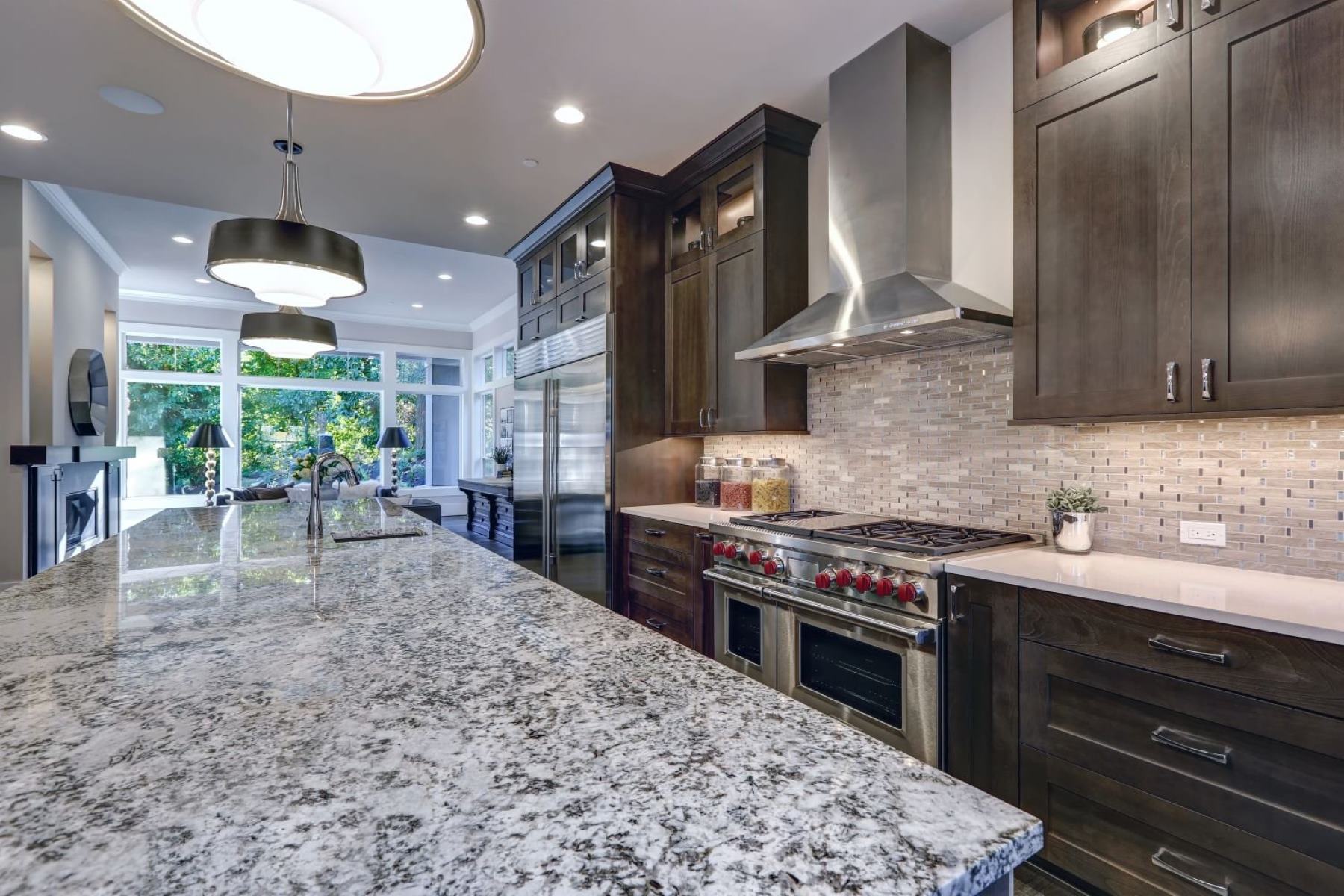
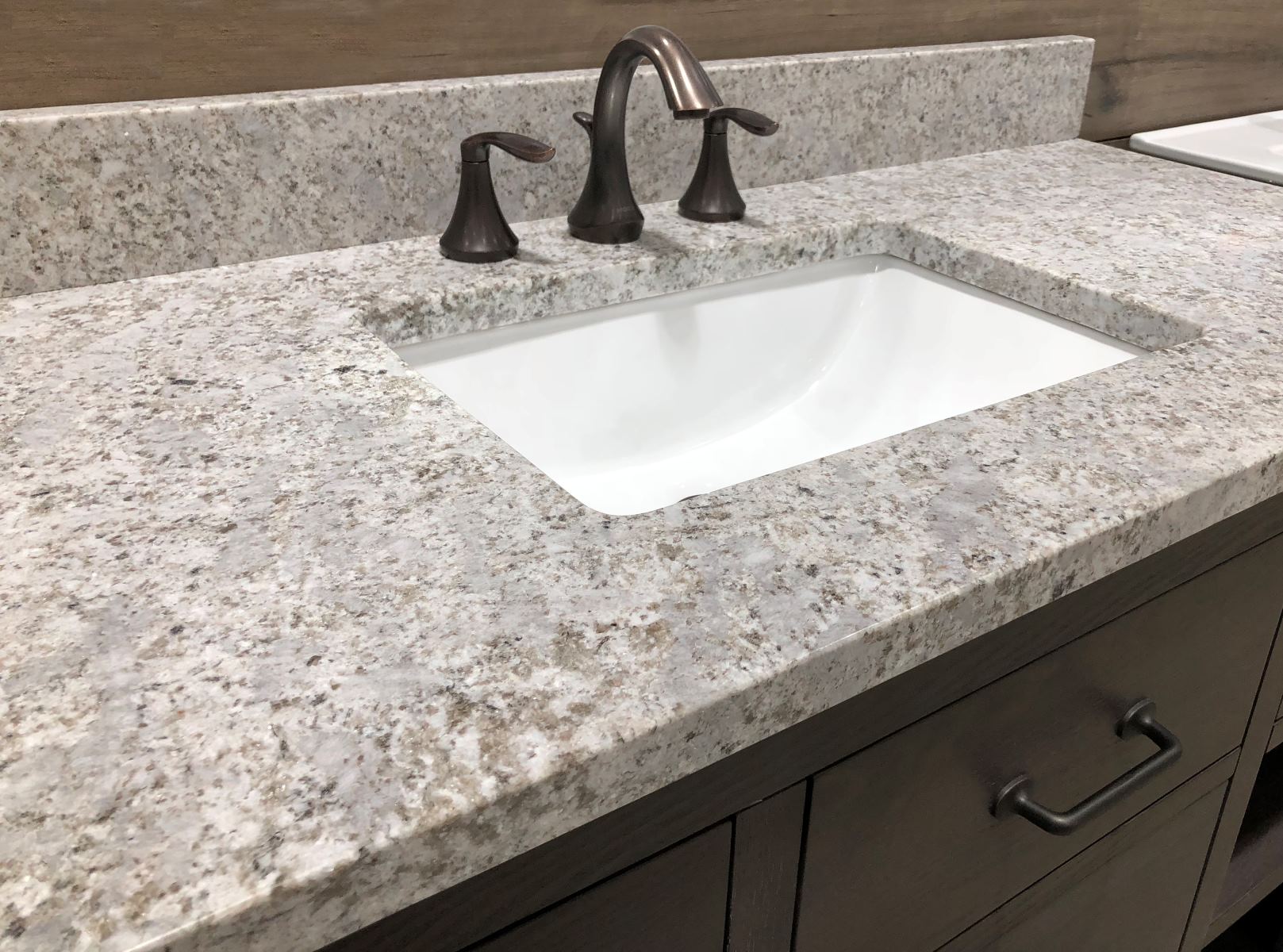
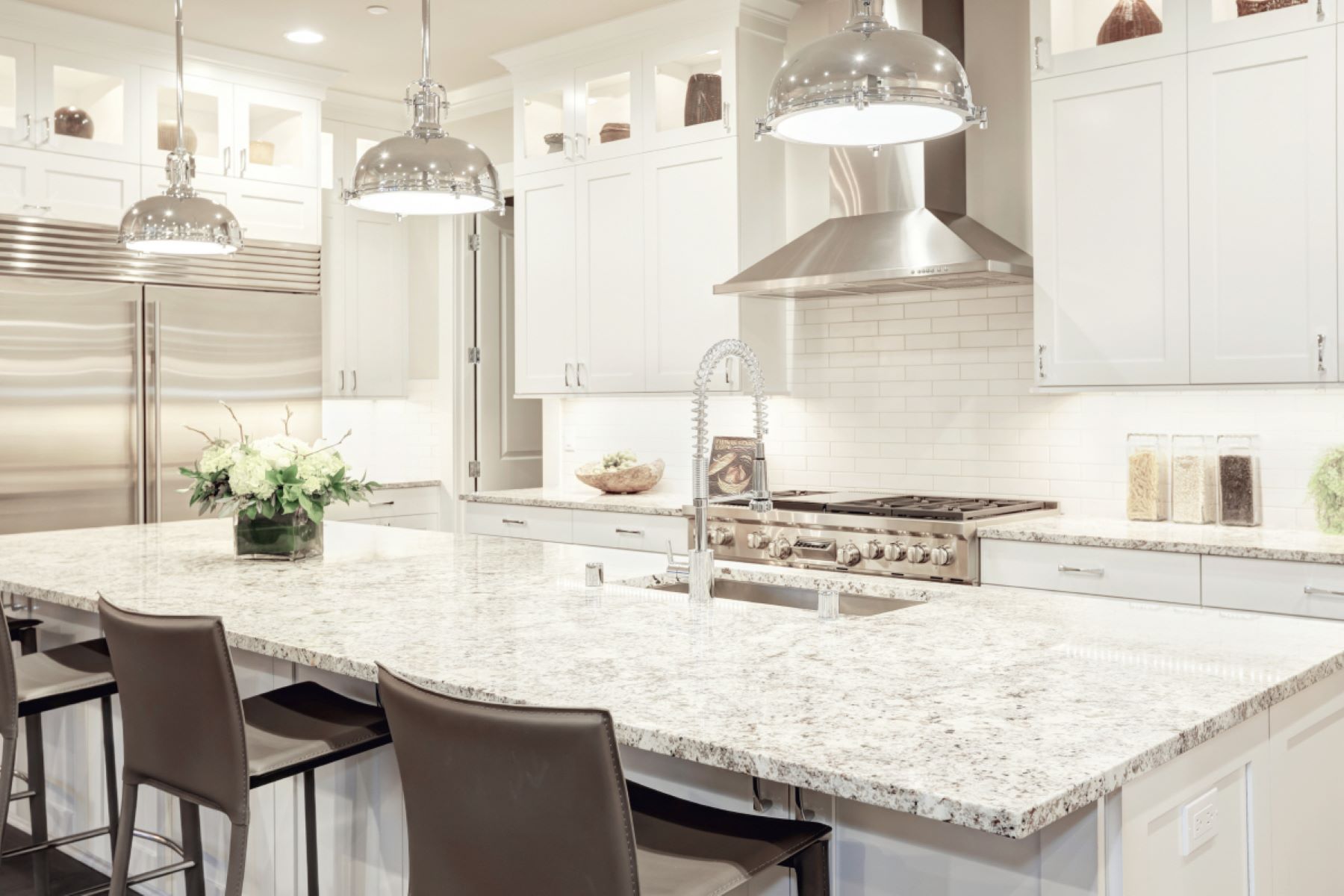


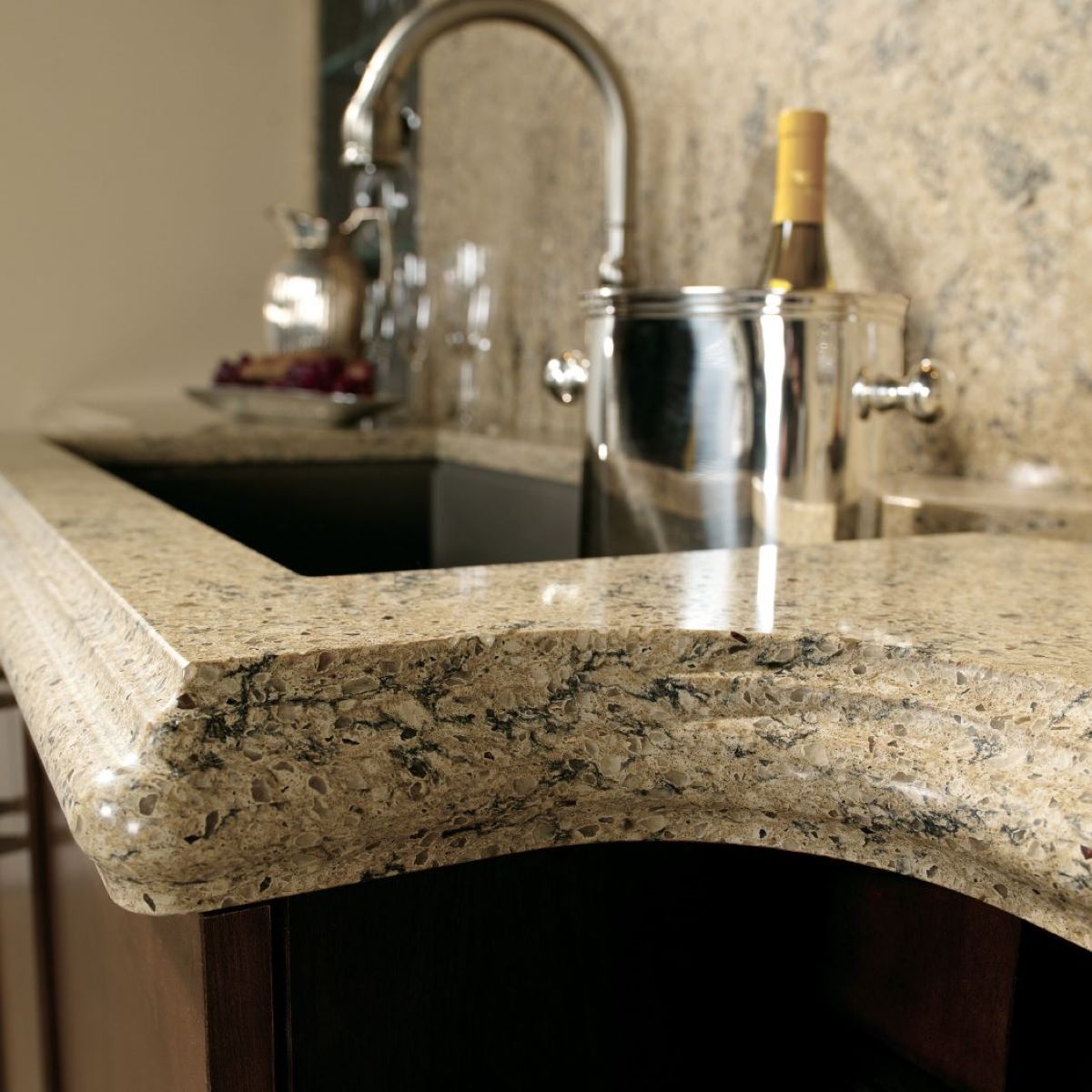

0 thoughts on “How To Get Stains Off Granite Countertops”